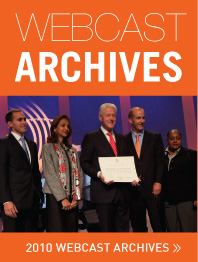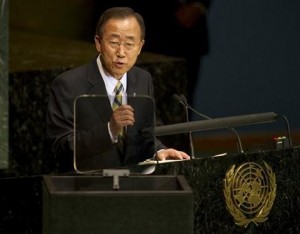
Bin Laden Tape: Terror Leader Criticizes Muslim Governments For Military Spending
CAIRO — Al-Qaida leader Osama bin Laden called for the creation of a new relief body to help Muslims in an audiotape released Friday, seeking to exploit discontent following this summer's devastating floods in Pakistan by depicting the region's governments as uncaring.
It was the third message in recent weeks from al-Qaida figures concerning the massive floods that affected around 20 million people in Pakistan, signaling a concentrated campaign by the terror group to tap into anger over the flooding to rally support.
But while the earlier messages by subordinates were angry, urging followers to rise up, bin Laden took a softer, even humanitarian tone – apparently trying to broaden al-Qaida's appeal by presenting his group as a problem-solving protector of the poor.
“What governments spend on relief work is secondary to what they spend on armies,” bin Laden says on the 11-minute tape titled “Reflections on the Method of Relief Work.”
“If governments spent (on relief) only one percent of what is spent on armies, they would change the face of the world for poor people,” he said
Phi Beta Iota: We believe Bin Laden to be dead or comatose, but it merits comment that some people do take on a life of their own after death, as with many prophets whose messages are refined or corrupted, but carried on. What should shock and awe here is that this message makes a great deal more sense than the current US strategy of spending trillions on elective occupations and Wall Street bail-outs, and nothing at all on eight of the ten high-level threats to humanity, with stark poverty in the USA and elsewhere being #1.





